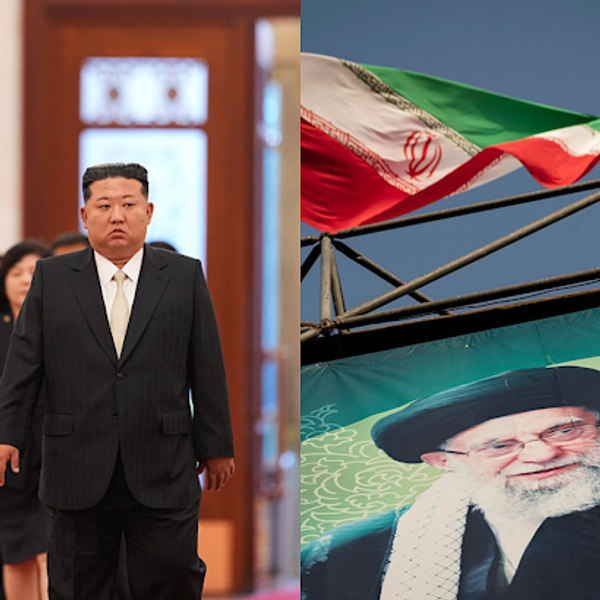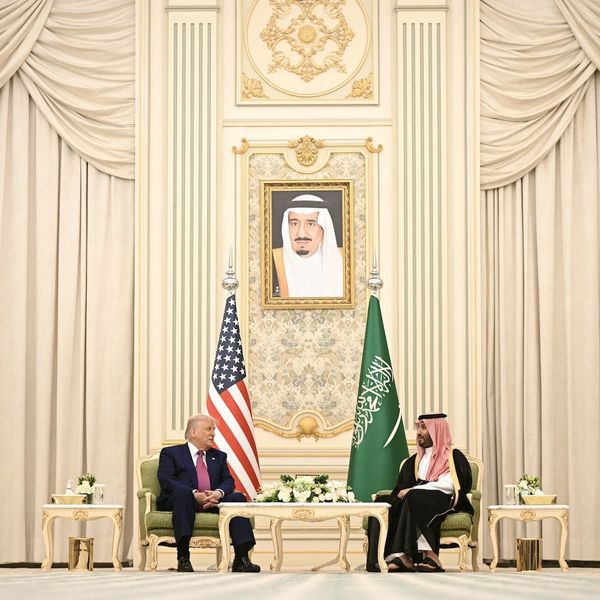Bottom Line Up Front
- The most significant U.S. sanctions on Iran—aimed at Tehran’s core energy and banking sectors—went back into effect on Monday November 5.
- The goal of the re-imposition of sanctions is multifold: to deny the Iranian government the revenue it needs to develop strategic weapons or other technology programs; dissuade Tehran from intervening in the region; and limit its ability to satisfy the aspirations of its domestic population.
- The key to the Trump administration’s strategy is to reduce Iran’s oil exports severely, but without harming U.S. relations with key allies and trading partners, or raising world oil prices and thus disrupting the market.
- The results of the administration’s strategy to attenuate Iran’s oil exports are modest to date, though officials are hopeful that the strategy will pressure the mullahs into making long sought-after concessions.
On Monday, November 5, the remaining U.S. secondary sanctions on Iran went back into effect after nearly two years of suspension under the landmark Iran nuclear deal, from which the Trump administration withdrew in May. The stated purpose of the re-imposition of the sanctions is to deny Iran the revenue to carry out malign activities in Syria, Iraq, Yemen, Lebanon, and Bahrain, and to compel Tehran to renegotiate the nuclear deal to curb all aspects of its objectionable behavior. Unstated is the goal of perhaps collapsing Iran’s economy to the point where the regime is overthrown by popular protest, as well as a host of other unintended consequences and how those might affect both adversaries and allies alike.
Key to the Trump administration’s strategy is to reduce Iran’s oil exports, which provide as much as half of the government’s revenue. The administration stated that it would insist that Iran’s oil customers fully comply with re-imposed U.S. sanctions by cutting oil purchases from Iran to as close to zero as possible, in order to retain an exemption. After appeals from Iran’s major oil customers such as South Korea, which buys a great deal of Iranian condensates (a very light oil), the administration modified its stance to consider exemptions that take into account each country’s specific needs. On that basis, in order to avoid imposing harmful penalties on key strategic partners or disrupt the global oil market, on November 5, Secretary of State Pompeo announced exemptions for eight countries: China, India, Italy, Greece, Japan, South Korea, Taiwan, and Turkey.
China received an exemption even though it imported 750,000 barrels per day of Iranian oil in October, which is the same level it has imported throughout all of 2018 and clearly not meriting an exemption on technical grounds. The exemption was almost certainly provided to avoid further complicating U.S.-China trade relations. India received an exemption even though it imported 350,000 barrels per day of Iranian oil in October—a modest reduction from levels of early 2018. The administration is cultivating India as a significant trading and security partner, a consideration paramount in offering India the Iran sanctions exemption.
Even though China and India’s oil imports from Iran, if sustained, could keep Iran’s economy afloat, not all the news is good for Iran. As of October, Iran has completely lost South Korea and Japan as oil customers. And only two European countries—Italy and Greece—imported any Iranian oil in October, demonstrating that European efforts to design new payment and import mechanisms to maintain economic engagement with Iran are faltering. Even though it is highly dependent on Iranian oil, Turkey is importing about one third less Iranian oil than it was prior to the U.S. withdrawal from the nuclear deal in May.
If the administration’s reported goal is to drive Iran’s oil exports below 1 million barrels per day—a figure below which Iran’s economy would suffer severe recession—the strategy has not succeeded to date. Iran’s total crude exports have fallen from about 2.45 million barrels per day when President Trump announced the US exit from the nuclear deal to about 1.6 million barrels per day at the end of October – a reduction of approximately 34%. It is a substantial decrease, but nowhere near the administration’s ultimate objective. The 1.6 million barrels per day figure, if that level holds over the long term, should enables Iran’s economy to “muddle through” without completely collapsing. However, if China and India, in particular, begin to comply with U.S. sanctions consistently, then the administration might achieve its goal of injuring Iran’s economy to the point where its leaders capitulate to broad U.S. demands for changes in Iranian behavior, thus demonstrating the potency of sanctions as an effective tool of statecraft.









